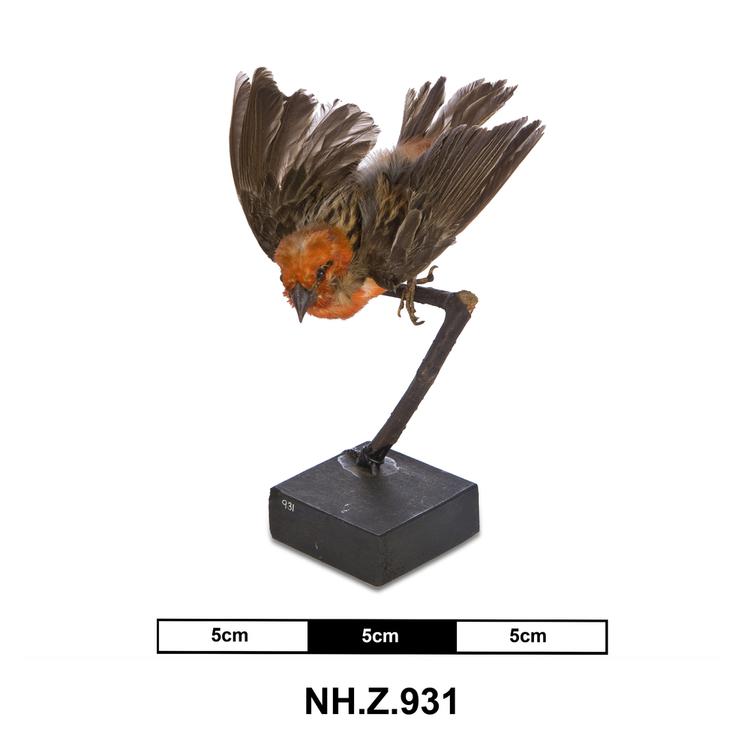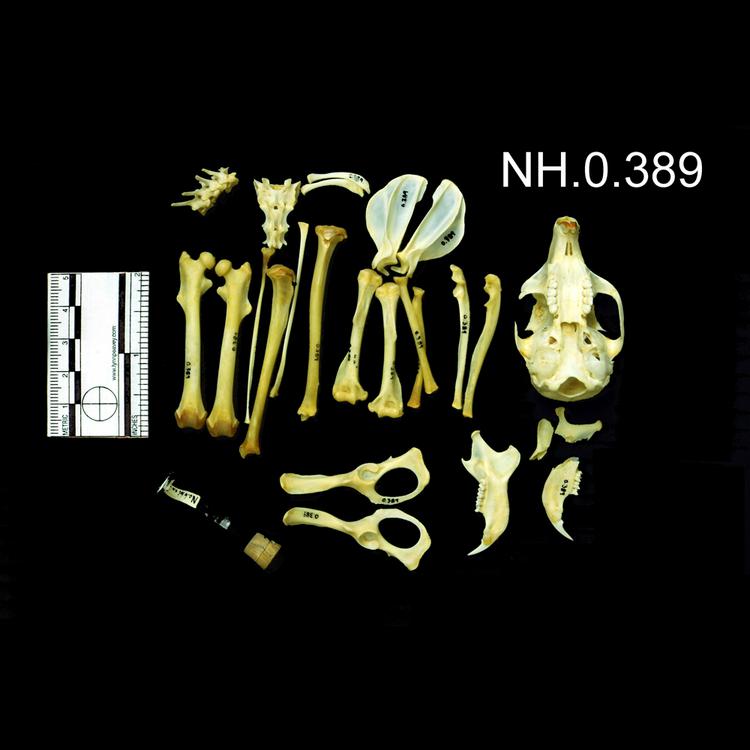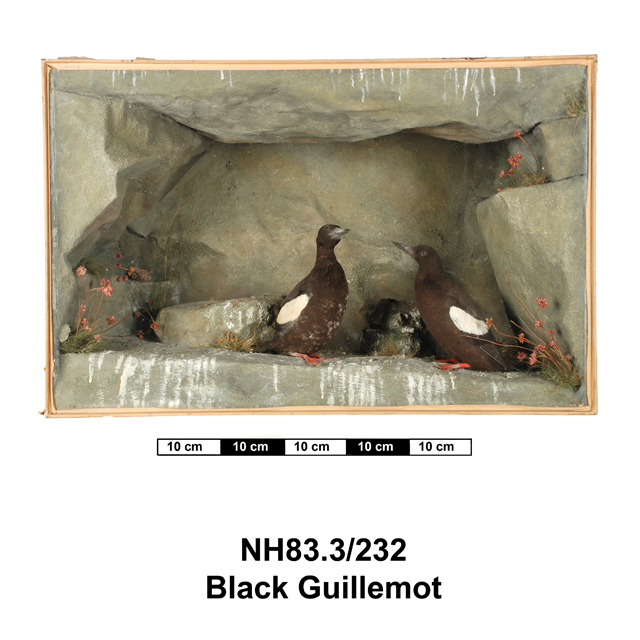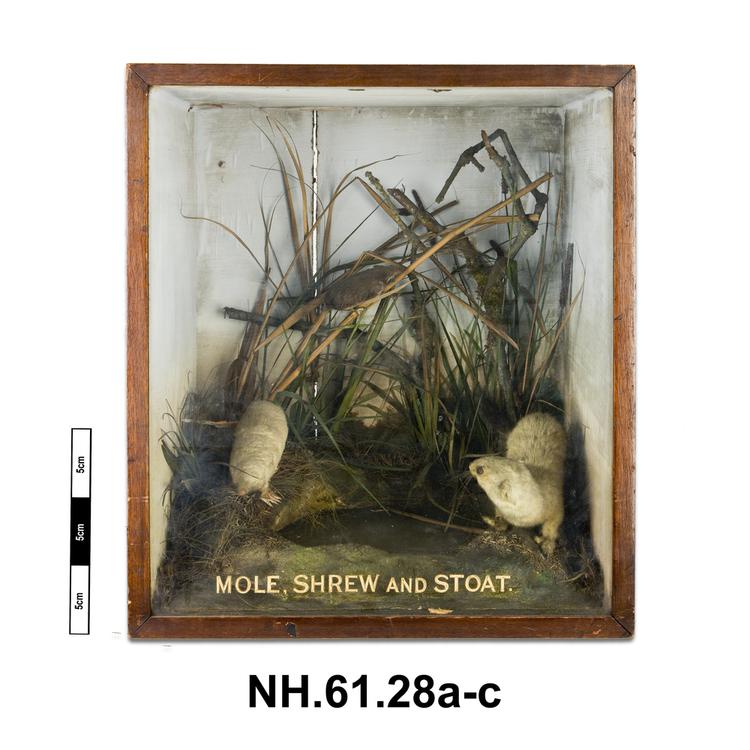Orange coloured carbonate rock with cavity inside, lined with crystal to form a geode.
The cavity itself is probably the remnants of a sponge or echinoid that became buried in the sediment, but didn’t fossilise. the layers of the geode are an outer layer of mixed carbonate matter and quartz; a section of purer quartz in fine banded layers; and a final layer of larger sparkly quartz crystals, up to 1mm across, in the centre.
Geodes are the result of minerals lining the edges of naturally-occurring spaces in rocks. They are found in volcanic rocks or sedimentary rocks such as limestone and chalk. Usually, they will have one or more layers of quartz (less commonly, other minerals such as calcite) which accumulate from the outside of the cavity, inwards. The size of the crystals can vary from microscopic, to several cm across.
If these layers accumulate as far as the centre of the cavity, filling in the space, it is called agate. If a space is left in the centre, it is called a geode.






